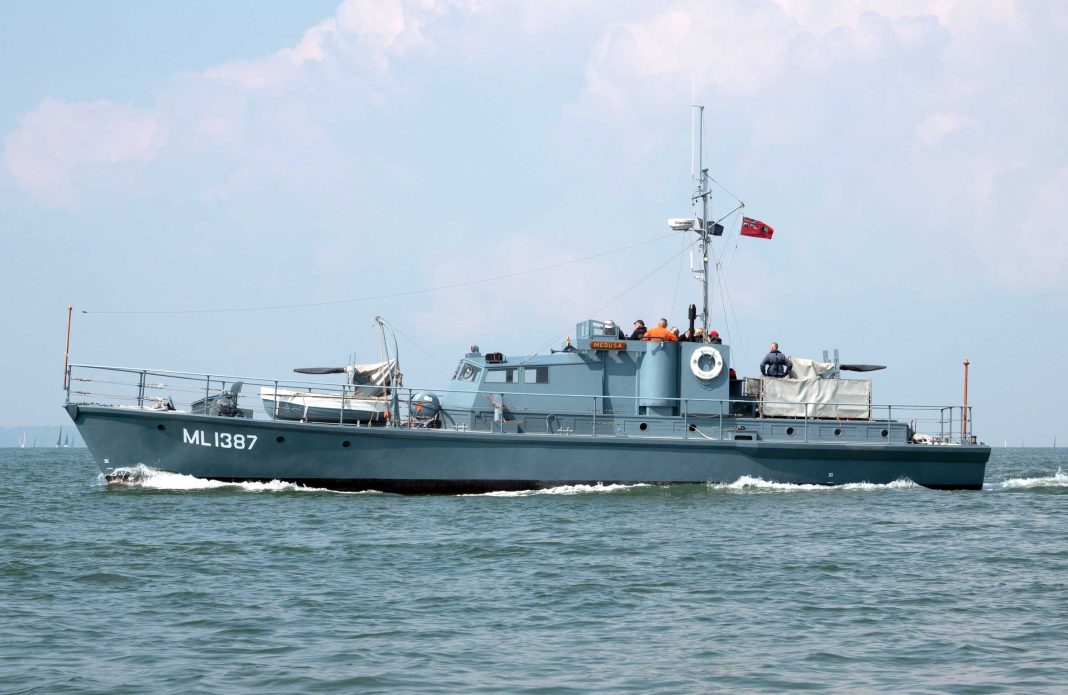HMS Medusa was one of the first allied vessels to arrive on the beaches on June 6, 1944 – acting as a marker for minesweepers.
The Gosport-based vessel is the only one out of the nearly 500 ships in her class – a Harbour Defence Motor Launch – to be in their original condition.
However, the cost for volunteers to bring the ship back to Gosport after the initial trip to Normandy are too high.
The group want HMS Medusa to return to where she carried out her finest maritime mission, but it will cost £8,000 for 6,000 litres of marine diesel for the return voyage.
Alan Watson OBE, HMS Medusa’s captain, told a national newspaper:
“We’d love to go to France next year and think it fitting, but costs have risen. On top of the £20,000 a year we need just to keep her in a seaworthy condition we need another £10,000 and most of that is fuel costs.
“Many ships that took part in D-Day will be marking the anniversary in UK waters, but we think Medusa should be in France.”
HMS Medusa was built in Poole, Dorset in 1943. She set off from Portland Harbour on 4 June 1944, before the naval invasion was delayed.
The ship sailed again on 5 June to mark a location on the edge of a German minefield off Omaha beach for the invasion on 6 June.
Acting as a beacon, HMS Medusa allowed the minesweepers to cut a passage to the beaches, and as a marker for the invading force that followed.
The 72ft long vessel carried navigation equipment so precise that she was fitted with demolition charges in case she fell into the wrong hands. She stayed in the same spot for 30 hours.
Capt Watson said HMS Medusa is an “incredible survivor” and extra funds are needed for the ship to attend the anniversary.
He added that the UK’s maritime heritage is often overlooked and HMS Medusa is a “living, breathing part of that history.”
People can make donations to the Medusa trust through her website.


